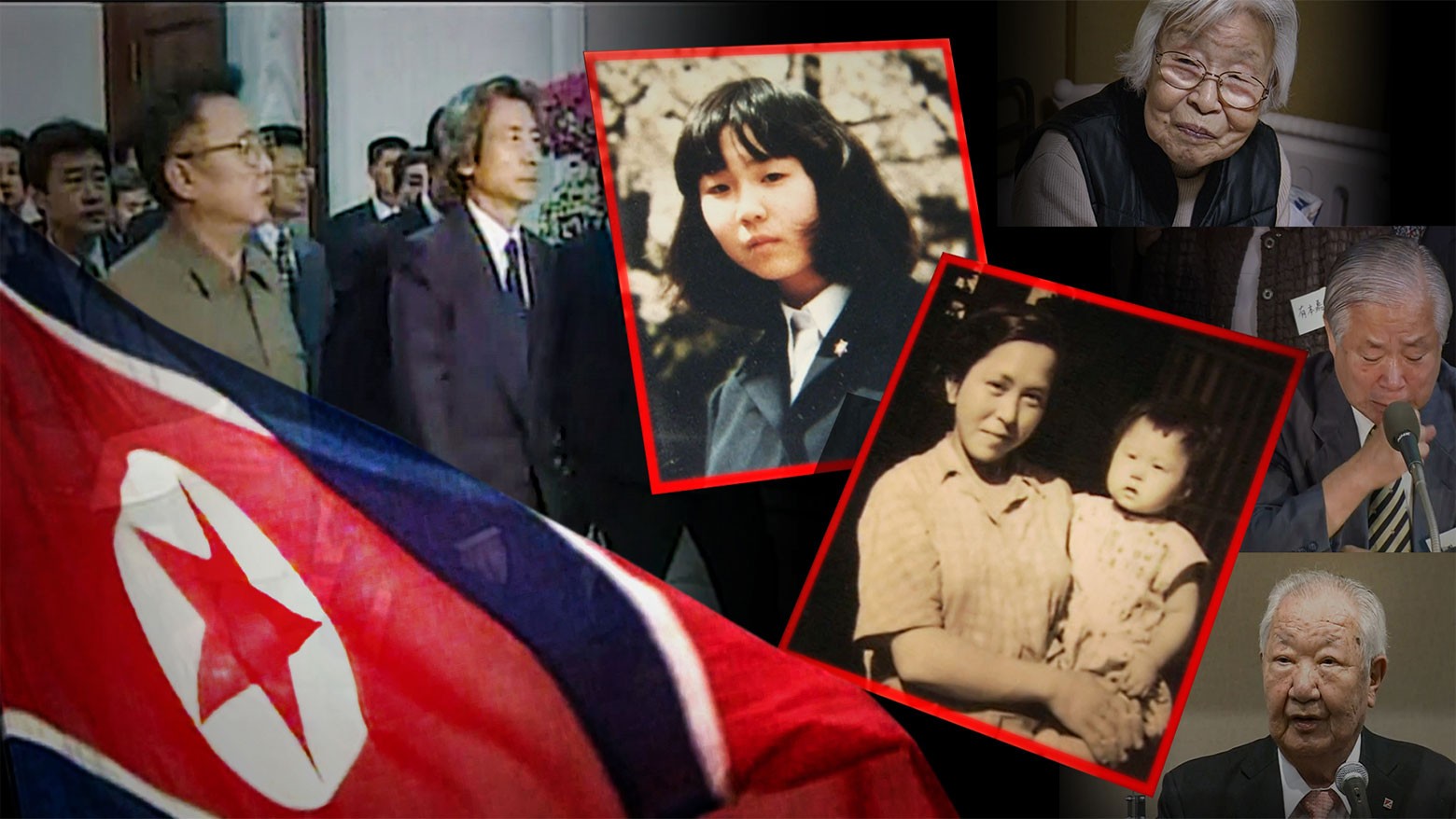Of the 17 people officially recognized as being taken by the North, only five have made it home. As family members of the remaining 12 grow old and some pass away, the pressure grows on the Japanese government to resolve the matter.
Sudden disappearances
Starting in the 1970s, people started to vanish, often near the Sea of Japan coast.
Evidence and testimony from former spies aroused suspicion that North Korea was responsible, but its government denied it.

North Korea belatedly acknowledges involvement
At a Japan-North Korea summit in September 2002, North Korea finally conceded it was behind the abductions, and issued a formal apology.

The following month, Pyongyang returned five abductees to Japan. None have followed since.

Spycraft a motivator
One reason for the abductions was to use the victims to train North Korean spies, so that they could disguise themselves as Japanese.
Time passes but the anguish continues
Two decades have passed since the 2002 Japan-North Korea summit led to closure for some families -- and hope for many others. That sense of hope lingers as Japanese officials continue to work on the families' behalf to find answers.
But for some, it is already too late. Many family members have died without seeing their loved ones again, or finding out what happened to them.


